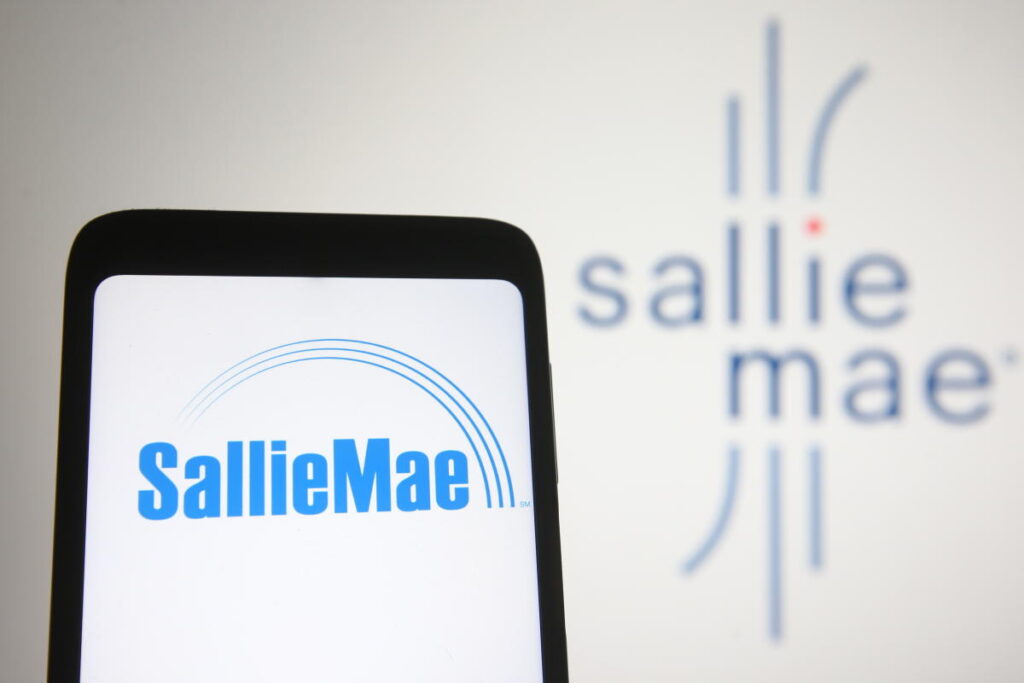Sallie Mae, originally established in 1972 as the Student Loan Marketing Association, played a pivotal role in servicing federal student loans, but the company underwent a significant transformation over the years. By 2014, Sallie Mae transitioned into a private entity, shifting its focus toward private student loans and expanding its offerings to include credit cards and online banking services. This evolution allowed Sallie Mae to leverage its expertise in financing education while broadening its financial product lineup to include various saving and investment accounts, which cater to both short- and long-term financial goals for customers.
One of Sallie Mae’s notable offerings is the SmartyPig account, designed to help individuals save with a virtual piggy bank that sets short- and long-term savings goals. This account allows users to track their progress while earning a competitive annual percentage yield (APY) of up to 4.10%. Moreover, the SmartyPig account has garnered attention for its fee-free structure, presenting an accessible option for customers seeking to grow their savings without any additional costs. Understanding the importance of saving, Sallie Mae has crafted a suite of products that encourage financial growth while maintaining transparency and simplicity.
Sallie Mae’s money market account further exemplifies its commitment to providing high-yield savings solutions. Offering up to 4.10% APY with no minimum balance requirement or monthly maintenance fees, this account is an attractive option for savers. Although it does not come with an ATM card, customers can still access their funds with checks, enhancing its usability. Likewise, Sallie Mae’s certificates of deposit (CDs) feature a range of terms—from six months to five years—allowing customers to choose based on their financial objectives. The CDs also offer a competitive APY of up to 4.10% with a minimum deposit of $2,500, making it an appealing choice for those looking to invest for the future.
While Sallie Mae has made significant strides in enhancing its banking offerings, it is essential to be aware of some of the drawbacks. Notably, Sallie Mae does not currently provide a checking account option, which could discourage customers who prefer to consolidate their financial services within a single institution. Additionally, the bank’s mobile app has received low ratings, which may signal a less-than-optimal user experience. Furthermore, Sallie Mae’s lack of ATM access can pose challenges, as customers are required to move their money to an external account for direct access, limiting immediate availability of funds.
In terms of its community engagement and corporate social responsibility, Sallie Mae has reaffirmed its commitment to social equity and environmental stewardship. The company’s 2023 ESG report highlighted its initiatives to reduce energy consumption in office environments, promote electronic communications among customers, and invest in diversity and inclusion within its workforce. Notably, Sallie Mae allocated $158 million toward low- and moderate-income housing and affordable housing projects while awarding $1.2 million in scholarships for students from underrepresented communities. These efforts underscore the company’s belief in its social obligations and its mission to support educational opportunities for all.
Lastly, Sallie Mae’s banking products are FDIC-insured, ensuring customer deposits are protected up to the federally mandated limits. It’s important for potential customers to note that although Sallie Mae shares a historical affiliation with federal loans, it no longer services such loans following its split into separate entities in 2014. Today, Sallie Mae Bank operates independently, focusing exclusively on private loans and banking services, providing an array of financial products aimed at helping customers achieve their savings goals while facilitating their educational aspirations.

